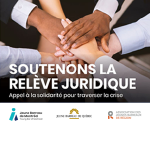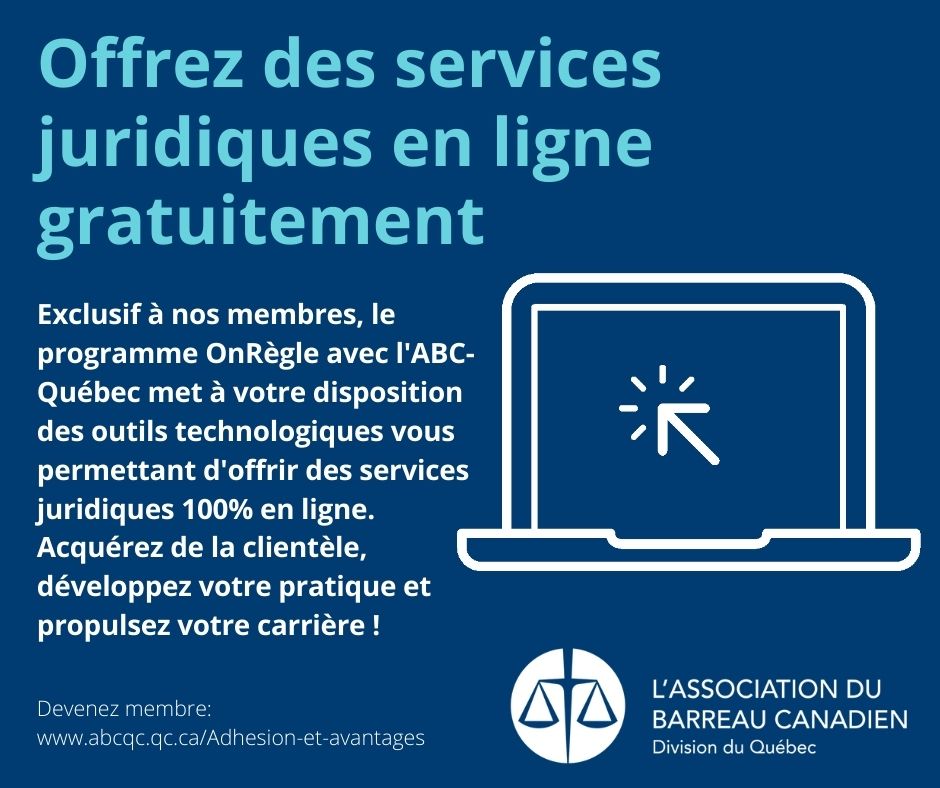Under Tightly Controlled Conditions, U.S. Airports Could Use Drones to Reap Unexpected Benefits, LeClairRyan Aviation Attorney Advises
They could hunt for dangerous debris, ramp up security, inspect fuselages or even scare off plane-endangering wildlife, Mark A. Dombroff writes in new column; however, drones should fly in airport airspace only under rigidly controlled, FAA-supervised ‘lockdown’ conditions, he notes.
In a new column for industry publication Airport Business, veteran LeClairRyan aviation attorney Mark A. Dombroff raises a counterintuitive idea—namely, that airports just might be the safest places to fly drones.
But the claim by Dombroff, an Alexandria-based shareholder in the national law firm, comes with quite a few qualifiers. The unregulated and unauthorized flight of drones in and around airport airspace clearly is unacceptable, he writes in the Dec. 26 online column, « Airport Airspace—The Safest Place to Fly a Drone? »
« The mere thought of UAS straying over runways tends to evoke images of catastrophe—drones being sucked into jet engines, snarled in helicopter rotors or plastered onto aircraft windshields, to name just a few of the grim possibilities, » writes Dombroff, who serves as co-leader of LeClairRyan’s aviation industry practice. « Prudence about such dangers is precisely why federal officials, as part of the congressionally mandated integration of Unmanned Aerial Systems (UAS) into the National Airspace System, moved to ban drone flights within five miles of any airport. »
However, the attorney notes, a strong argument can be made that the object of these concerns—drones—can actually be a powerful tool to improve the safety, efficiency and cost-effectiveness of U.S. airport operations in the years ahead.
« To be clear, the dangers posed by the unauthorized use of drones—whether in the hands of terrorists or hobbyists—over American airports are unmistakable and require vigilance, » Dombroff writes. « However, another scenario has received scant attention despite its potential upside: namely, the tightly controlled and narrowly defined operation of UAS to execute critical tasks such as Foreign Object Debris (FOD) inspections; ‘eye-in-the-sky’ security flyovers; fuselage inspections; wildlife detection/deterrence, and more. »
In the piece, Dombroff argues that U.S. airspace is possibly the safest in the world due to the broad mandate and controls of the Federal Aviation Administration. Already, he notes, the FAA routinely works with U.S. airport and tower personnel to ground planes and put airports on lockdown in order to carry out critical tasks such as deicing or debris inspection and removal. « If the FAA shuts down all operations, » Dombroff writes in the column, « the airport is essentially on lockdown—conditions in which it is perfectly safe for trained, monitored and authorized operators to fly UAS in service of defined tasks. »
That means the world of aviation should reexamine the idea that airports, owing to safety concerns, cannot be a part of the drone revolution, Dombroff writes.
As the technology continues its rapid evolution, he notes, it will offer ever-greater potential to benefit U.S. airports. Instead of sending multiple human beings and vehicles onto the runways to look for dangerous debris, for example, a drone with advanced debris-detection sensors might be able to execute the same task with greater accuracy and in less time. And with respect to security, drones clearly add enormous capabilities. « A drone with ‘night vision’ technology could spot a trespasser lurking around the airport—and record the evidence for later use, » Dombroff writes.
None of this is to suggest that drones are a must-have for all airports, he writes. With respect to foreign object detection, for example, many airports already employ electronic, fixed-in-place systems that rely upon various types of sensors or radars to detect debris. But these 24/7 systems are quite costly, Dombroff writes. « For some airports, using a drone to examine the runways several times a day could be a good option. »
In the column, Dombroff notes that drones are currently prohibited from operating at airports. He asserts, however, that the FAA could approve their use without a regulatory change. « Naturally, the new use would trigger a discussion among FAA officials in Washington of the appropriate procedures and processes required to ensure safety, » Dombroff writes. « My vote would be for the aviation industry to start thinking about these possibilities now. »
The full article is available at: http://www.aviationpros.com/article/12382787/airport-airspace-the-safest-place-to-fly-a-drone
About LeClairRyan
As a trusted advisor, LeClairRyan provides business counsel and client representation in corporate law and litigation. In this role, the firm applies its knowledge, insight and skill to help clients achieve their business objectives while managing and minimizing their legal risks, difficulties and expenses. With offices from coast to coast, the firm represents a wide variety of clients nationwide. For more information about LeClairRyan, visit www.leclairryan.com.












